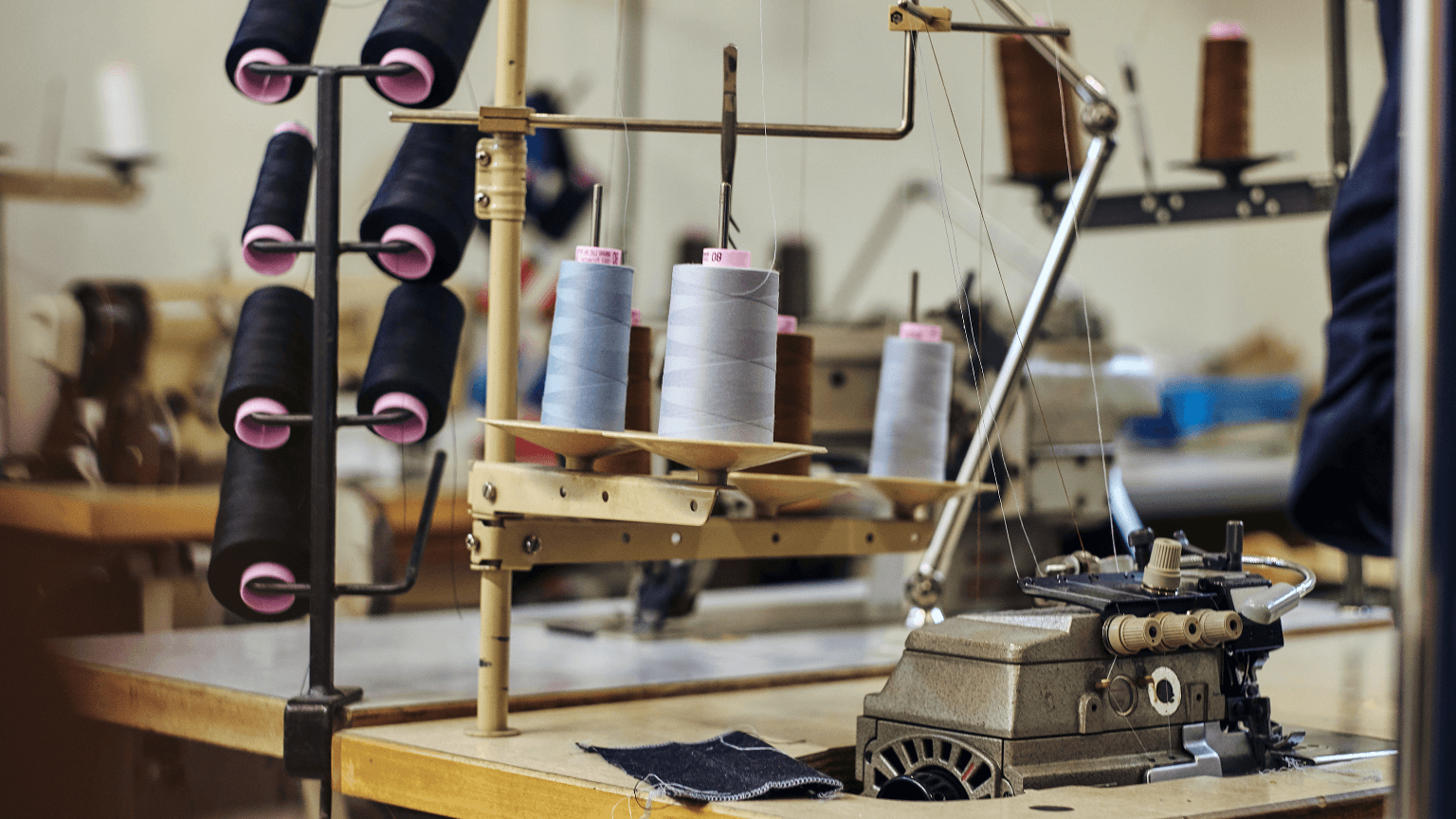Fabri-vorous sourcing from India: Feeding the Worlds textile needs from time immemorial

For centuries, India has been home to one of the world’s largest and most historic textile industries, which has helped fuel the country’s economic growth. Today, textiles account for 10.62% of India’s total exports. With GOI’s monumental reform changes, the exports of textiles and apparel are expected to reach $100 bn in the next 5 years, with an annual growth rate of 11%. India has always been knows for skilled workforce and production of high-quality textiles, making it an attractive sourcing destination among many retailers, brands and manufacturers worldwide.
Textiles with a rich history
The textile industry in India is as diverse as the country itself, comprising various types of fabrics such as cotton, silk, jute, wool, synthetic fibres etc. Let’s take a closer look at some of these fabrics and their rich history.
Cotton
One of the most widely used fabric is Cotton. India has a long history of cotton production, with evidence of cotton cultivation dating back more than 5,000 years. India today is the world’s largest cotton producer, surpassing China. India accounts for nearly 23% – 25% of global cotton production. In 2021-22, India exported cotton to a total of 159 countries. Cotton is used to make a wide range of products, from clothing to bedding to household textiles like towels and tablecloths
Silk
India is one of the world’s largest producers of silk, with the country accounting for about 18% of global silk production. Silk industry in India dates back to more than 2000 years.The country produces four types of natural silks, i.e., Mulberry, Eri, Tasar, and Muga, which are used in making highly sought-after silk garments, fabrics, yarns, carpets, shawls, scarves, cushion covers, and accessories.
Jute
India is the world’s largest producer and exporter of jute, accounting for over 50% of global jute production. India’s history with jute dates back to 19th century. The first known jute mill in India was established in Rishra, West Bengal in 1855. In 2021-22, the export of jute from India stood at $507.62 mn.
India Sourcing: Challenges
The main challenges of sourcing from the country include finding right supplier who can manufacture at scale. Outdated processes & machinery is also another critical challenge that the Indian sourcing industry is facing. The textile industry also struggles with high credit costs and inconsistent quality standards. Navigating the logistics of sourcing from India is a challenging with the country’s vast size. However, partnering with a reliable sourcing partner having expertise in handling the supply chain in India can help mitigate these challenges.
India Sourcing: Advantages
Sourcing from India provides several advantages, such as cost-effectiveness due to low labor cost and skilled craftsmanship, due to rich history. Additionally, access to high-quality raw materials make it an attractive destination for businesses seeking to source or manufacture in India. Apart from the known advantages there some critical advantages that one should know of while sourcing textiles
- Communication – english is widely spoken in India, which makes it easier for businesses to communicate with their Indian counterparts.
- Diversified offerings – India is known for its diversity in raw materials and hence finished products, including textiles, handicrafts, and jewelry. Businesses can find a wide range of products in India, which can help them to diversify their product offerings.
- Domestic consumption – with a population of over 1.3 billion and counting, India has what we call domestic advantage, making it a significant market for businesses that want to expand their customer base. By sourcing from India, businesses will gain access to this large domestic market.
- Government boost – GOI has a comprehensive textile policy in place to ensure that the industry remains competitive and well-positioned in the international market. Schemes and reforms like Production Linked Incentive (PLI), the Make in India initiative, and the National Textile Policy have been game changing initiative that have supported export growth.
Navigating the India Sourcing ecosystem
The textile industry in India has had a rich heritage and is expected to have a promising future, presenting a unique business opportunity. As with any sourcing strategy, there are risks involved in sourcing from India. However, with a sound India sourcing strategy and reliable sourcing partner, sourcing from India can be rewarding .
Know more about Zoglix and learn why it’s your ideal partner to navigate the Indian sourcing and manufacturing ecosystem, ensuring frictionless sourcing from India.